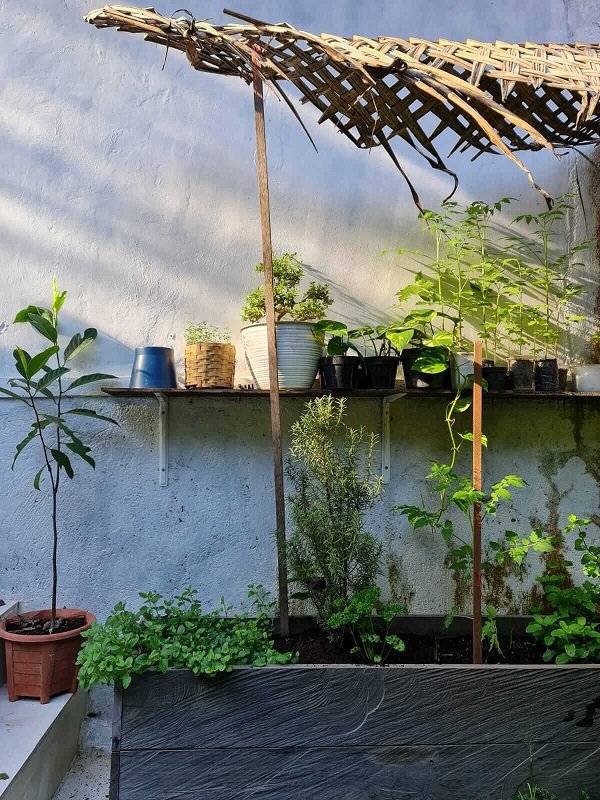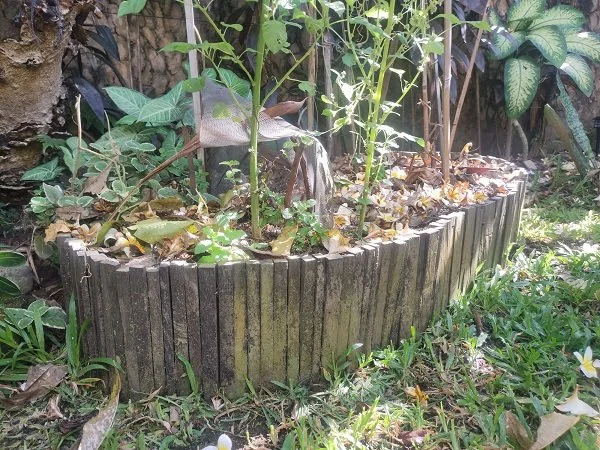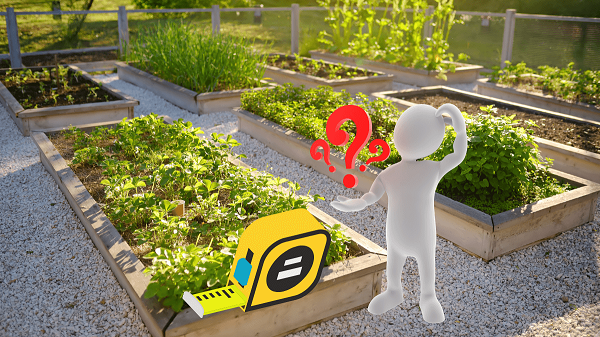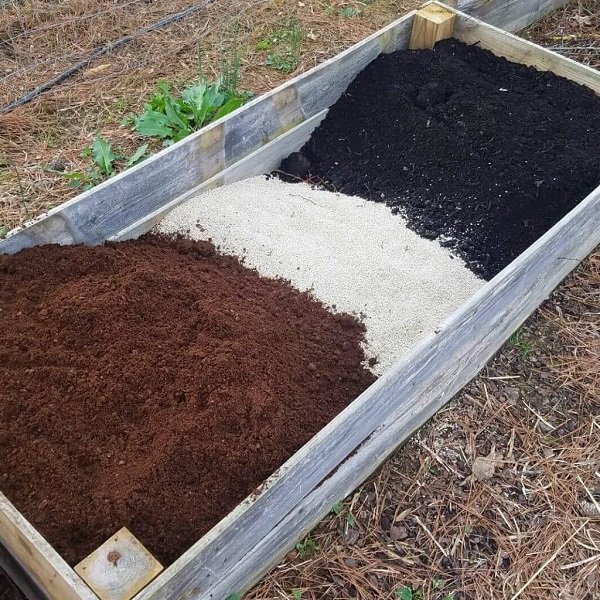Raised vegetable beds are one of the most productive ways to grow your own food. They give you better control over soil conditions and allow quick and easy harvesting of your crops. They are also ideal when you have a limited surface.
Building raised beds is a great DIY project for those who want to grow their own fruits and vegetables. You will just need a few tools, some wood, some elbow grease and of course some time.
Kaltimber reclaimed ironwood aromatic plant raised bed
Choose the ideal location
Start with the list of fruits and vegetables you want to plant to determine the ideal location for your vegetable plot(s). Think about those that need a sunny area and those that just need morning or late afternoon light. Some vegetables do not tolerate full sun and may burn.
Choose the material
Several options are available to you when creating your vegetable patch.Wood is the ideal and most popular choice but stones can be an alternative. What will need to be verified is that these materials are natural and do not risk releasing chemicals into the soil (and your food).
Untreated wood is the most popular choice that you will see in most gardens and readily available commercially. You can also use pallets made of untreated wood to build your vegetable bed.
Old wood creates a special style
Recycled wood will allow you to build an environmentally friendly wooden container to accommodate all kinds of vegetables such as eggplants, squash, tomatoes and aromatic plants for example. Reclaimed wood is a good choice for planters because it is more rot-resistant than most types of wood. In fact, this wood has held up so well that it has found a second life in your project.
Determine the size and arrangement of the containers
Size is one of the essential elements for the creation of your vegetable garden. First of all, you will have to take into account the vegetables or herbs you want to plant. A zucchini plant, for example, will need at least 80 cm of space to develop well. Conversely, 30 cm will suffice for carrots.
Secondly, avoid having a width of more than 1.5 meters to be able to easily reach the central plantations without having to walk in the square. Finally, leave enough space between your vegetable beds to be able to move around easily.
Building Your Wooden Bins.
Wooden boards can be easily fastened together at the corners using galvanized screws (corner posts are optional). You can also use planter wall blocks for corners and joints.
Line the bottom of your vegetable beds
Once the soil in the beds has been turned over and the weeds removed, put some corrugated cardboard or newspaper which will prevent weeds or grass from growing through your raised bed .
Another natural solution is to cover your patch of soil with mulch to prevent weeds from growing back while nourishing the soil.
Fill with soil and potting soil or compost
A good recipe for soil to have good soil from the start of planting is to mix one part topsoil, one part compost and one part sand. Make this mixture 2 weeks before planting.
For topsoil, use that from your garden or buy it in a bag directly if you don't have enough.
To nourish the soil, the ideal is to opt for compost but you can also mix with potting soil that you will find easily. Another solution is to add manure, but beware of the smell if your vegetable garden is located near your house or that of the neighbors. The smell can become very unpleasant especially during periods of humidity.
Now, you just need to get started and think about what to grow!





